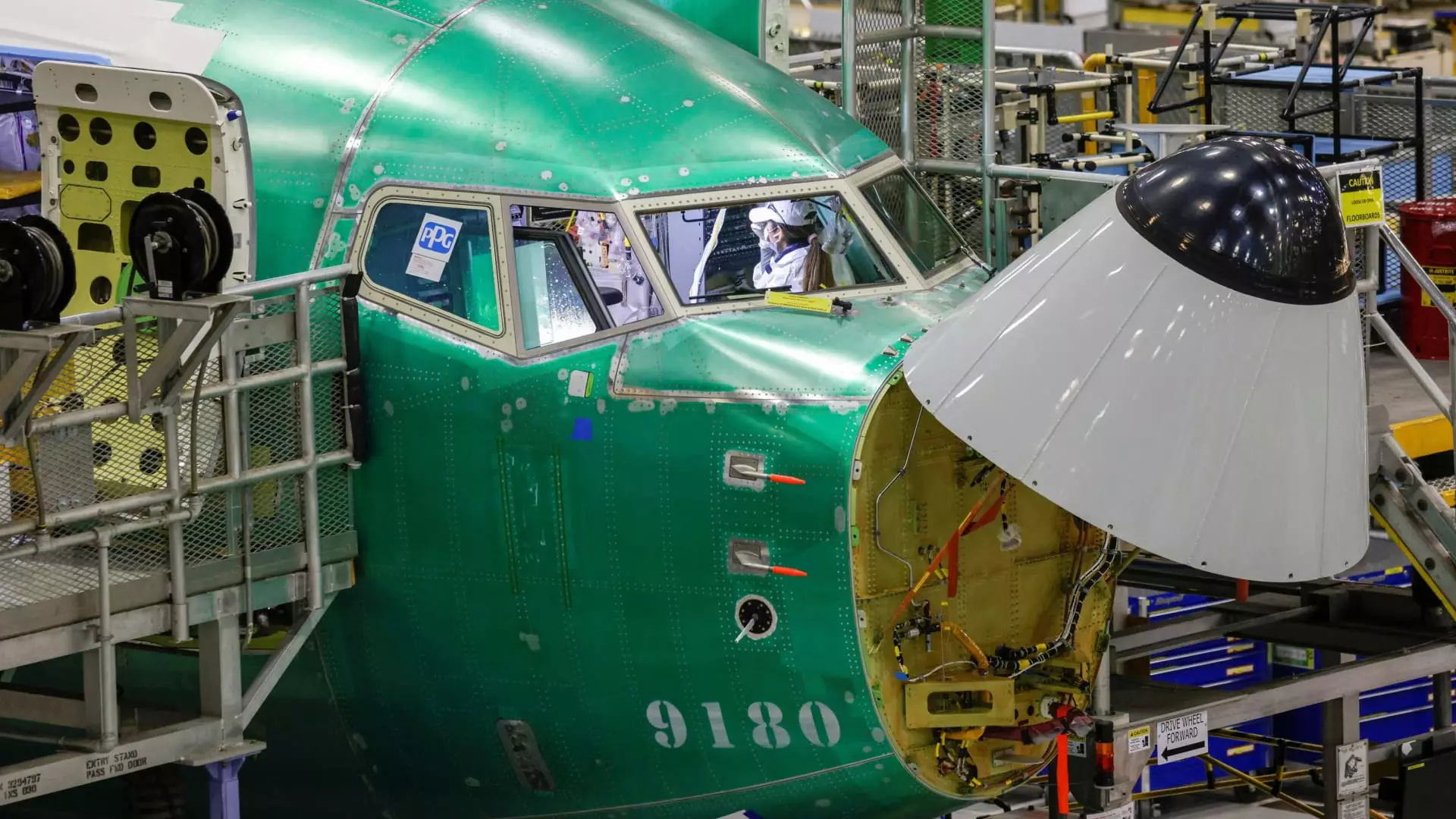Boeing has faced a tumultuous period, evidenced by the recent strike involving over 32,000 machinists. The labor action, initiated on September 13, was a significant blow to Boeing’s production capabilities, forcing a halt in assembly lines that ultimately stretched for more than seven weeks. However, with the approval of a new contract that promises substantial pay increases—38% over the next four years—the path to resuming operations is now underway. Workers are expected to return by Tuesday, but revitalizing the factories will not be a swift process. Experts in workplace logistics recognize that the ripple effects of a labor stoppage can linger long after the agreements are signed.
As Boeing begins to restart its operations, the complexity of restoring full production may take weeks, if not months. The consequences of the halt are starkly reflected in the company’s recent performance: in October, Boeing delivered only 14 aircraft, marking its lowest monthly output since November 2020. This steep decline comes in the wake of challenging years marked by the pandemic and the earlier grounding of the 737 Max. With only nine of the delivered aircraft being the Max variant, it’s clear that the strike has inflicted severe operational disruptions that could affect Boeing’s competitive standing against Airbus, which continues to outperform it in deliveries.
Boeing’s leadership acknowledges the complexities ahead. CEO Kelly Ortberg has stated, “It’s much harder to turn this on than it is to turn it off,” which encapsulates the logistical and safety hurdles the company must navigate as it welcomes back its workforce. The process involves conducting thorough hazard assessments, reinforcing machinist duties, and updating safety protocols. Boeing’s strategic focus must be on ensuring that all employees are properly trained and ready to resume their roles, as the company balances the urgency of ramping up production with the necessity of maintaining safety and quality standards.
Interestingly, not all production came to a halt during the strike. The 787 Dreamliner assembly line in South Carolina, a nonunion facility, continued its operations and contributed to the company’s resilience. The ongoing demand for Boeing aircraft remained evident, as the manufacturer secured 63 gross orders in October, further building its order book. Notably, the orders included 40 for the 737 Max 8, showcasing a sustained interest in Boeing’s product lines despite earlier turbulence.
As Boeing embarks on the journey of reestablishing its workforce and regaining momentum in aircraft production, it faces a critical juncture. Recovery will depend heavily on the company’s ability to swiftly overcome operational challenges, restore supply chain stability, and maintain the confidence of its customers amid evolving market conditions. The way Boeing navigates these hurdles will be instrumental in shaping its competitive landscape against rivals, positioning itself for long-term stability in an unpredictable industry.

